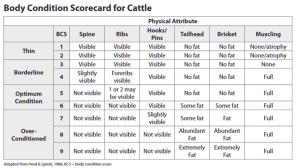Justin Waggoner, Ph.D., Beef Systems Specialist
“Mental Health Misconceptions and the Holidays”
Life is busy and during the Holidays, life becomes even busier. Decorations, holiday shopping, parties, school programs, traveling to spend time with family etc. the list of events and items on the “to do” list or calendar can become exceptionally long. Yes, the holidays can be busy, and it is commonly believed that the holidays are associated with increased rates of anxiety, depression, and suicide. However, contrary to popular belief numerous studies have found no direct link between the holidays, depression, and suicide rates. The CDC’s National Center for Health Statistics reports that suicide rates are actually lowest in the months of November, December, January, and typically highest from April to August. Health experts attribute the lower suicide rates to the increase in emotional support from co‐workers, friends, and family during the holidays. This data also highlights the value of emotional support in mental health and suicide prevention during the rest of the year. For more information on the impact of the holidays on mental health and suicide, please see https://www.cdc.gov/suicide/holiday.html. In addition, Kansas State University Research and Extension has a number of resources available on stress management and suicide prevention at https://www.ksre.k‐state.edu/health/stress‐management/resources.html.
For more information, contact Justin Waggoner at jwaggon@ksu.edu.


